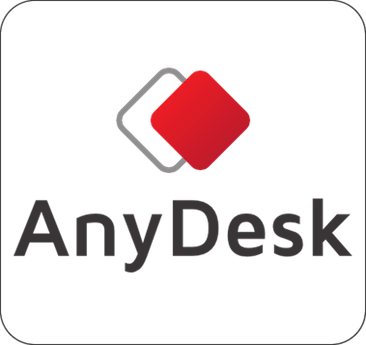Back
PDEFIT
Parameter Estimation in One-dimensional Partial
Differential Equations
Version 4.4 (2009)
Purpose
PDEFIT solves parameter estimation (data fitting, system identification, nonlinear regression) problems where the parameters are part of a system of one-dimensional linear or nonlinear partial differential equations. Equations that do not depend on time derivatives, are treated as algebraic ones. The system may possess coupled ordinary differential equations and transition conditions between different integration areas, moreover additional equality or inequality constraints.
Numerical Method
The method of lines is applied to discretize the system subject to the spatial variable, to get a system of ordinary differential equations or, in case of additional algebraic equations, a system of differential algebraic equations. To approximate spatial derivatives, polynomial approximation, difference formulae, and special upwind formulae (TVD, ENO, or similar) for hyperbolic equations are available. The resulting systems of ordinary differential or differential algebraic equations are integrated by standard methods for stiff- and non-stiff equations, e.g., by some routines of Hairer and Wanner, or by a high order explicit Runge-Kutta method with fixed stepsize to satisfy a CFL condition for advection systems. Nonlinear least squares problems are solved by DFNLP or related Gauss-Newton-type algorithms. Gradients of the fitting criterion are approximated by forward differences.
Program Organization
PDEFIT is a double precision FORTRAN subroutine, where all parameters are passed by arguments. An additional main program takes over some organizational ballast and reads in all problem data. A user provided subroutine is required to define initial values, constraints, and the PDE system together with suitable boundary conditions, coupled ordinary equations and fitting criteria.
Special Features
- definition of flux-functions to facilitate input and to allow special dicretizations in case of hyperbolic equations
- individual discretization of spatial derivatives of state variables, for example for mass transport when the upwind direction is known in advance
- non-continous transition conditions between integration areas Neumann, Dirichlet, mixed)
- implicit boundary conditions at arbitrary spatial grid lines
- coupled ordinary differential algebraic equations
- alternative norms (min-max, sum of absolute values)
- dynamic constraints depending on the state variables
- switching points for non-continuous alterations of the dynamic system, constant or variable
- exploiting band structure of discretized system
- more than one fitting criterion
- confidence intervals for estimated parameters, correlation and covariance matrix
- identification of significance levels for estimated parameters
- computation of optimal experimental designs (A-criterion)
- various scaling options (individual or automatic)
- generation of 2D/3D-plot data and TEX reports
- full documentation by initial comments
- FORTRAN source code
Applications
As one of the two basic numerical executable codes of EASY-FIT, PDEFIT is in practical use to identify parameters in diffusion models for transdermal pharmaceutical problems (Boehringer Ingelheim, ETH Zuerich), convection-advection equations in geology (University of Bayreuth), food drying (University of Porto), and for chemical reaction models (BASF), among many others. The simulation part of PDEFIT is integrated in MathCad (MathSoft Inc.).
Reference
- K. Schittkowski, Parameter estimation in one-dimensional, time-dependent partial differential equations, Optimization methods and Software, Vol. 7, No. 3/4, 165-210, 1997
- K. Schittkowski, PDEFIT: A FORTRAN code for parameter estimation in partial differential equations, Optimization Methods and Software, Vol. 10, 539-582, 1999
- K. Schittkowski, Data fitting in partial differential algebraic equations: Some academic and industrial applications, Journal of Computational and Applied Mathematics, Vol. 163, No. 1, 29-57


